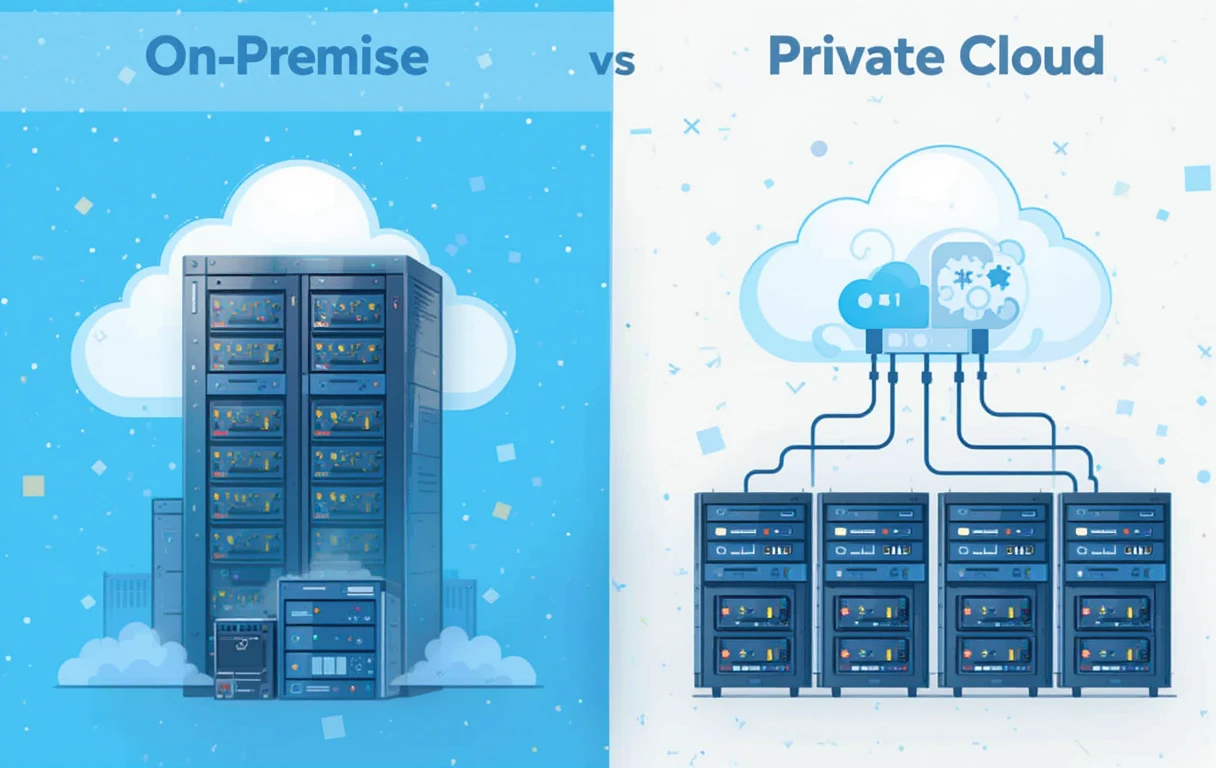In today’s fast-paced digital world, businesses are constantly looking for ways to process data faster, reduce latency, and enhance user experiences. Enter two powerhouse technologies: Edge Computing and Cloud Computing. But while they might sound similar, their applications, strengths, and weaknesses are worlds apart.
Whether you’re a business owner, a tech enthusiast, or someone curious about the future of data processing, understanding the key differences between edge and cloud computing can help you make better decisions. In this guide, we’ll break it all down with relatable examples, pros and cons, and tips on choosing the right solution for your needs.
Introduction: The Rise of Computing Paradigms
Imagine a world where every piece of data you generate, from your smartphone to your smart home devices, is processed instantaneously, without delays. That’s the promise of edge computing. Now, pair that with the limitless power of centralized servers managing vast amounts of information—the hallmark of cloud computing—and you have two transformative technologies shaping the future.
Both are critical, but each serves a unique purpose depending on the problem you’re solving.
What is Cloud Computing?
Cloud computing refers to the delivery of computing services—such as storage, servers, databases, and applications—over the internet. Instead of storing data locally or on physical servers, the cloud allows users to access resources remotely.
How It Works
When you upload a file to Google Drive or stream a movie on Netflix, you’re using cloud computing. Data is processed and stored in remote data centers, which are then accessed via the internet.
Key Benefits of Cloud Computing
- Scalability: Easily scale resources up or down as needed.
- Cost-Effectiveness: Pay only for what you use, eliminating the need for expensive hardware.
- Accessibility: Access data and applications from anywhere with an internet connection.
Real-Life Applications
- Hosting websites and applications.
- Remote work collaboration tools like Microsoft 365.
- Data backup and recovery solutions.
What is Edge Computing?
Edge computing brings the data processing closer to the source of data generation—literally at the “edge” of the network. Unlike cloud computing, which relies on centralized servers, edge computing processes data locally, minimizing latency.
How It Works
Think of a self-driving car. It needs to process data from sensors in real-time to make split-second decisions. Instead of sending that data to a distant cloud server, edge computing allows the car to process it locally.
Key Benefits of Edge Computing
- Low Latency: Processes data almost instantly, making it ideal for real-time applications.
- Reduced Bandwidth Usage: Less reliance on internet connectivity by processing data locally.
- Enhanced Privacy: Sensitive data can remain on local devices, reducing exposure risks.
Real-Life Applications
- Internet of Things (IoT) devices like smart thermostats and wearables.
- Industrial automation and robotics.
- Real-time gaming and AR/VR technologies.
When to Use Cloud Computing?
Best Scenarios for Cloud Computing
- Long-Term Data Storage: Need a reliable backup solution? The cloud offers vast storage capacities.
- Global Accessibility: For businesses with remote teams, cloud computing ensures seamless collaboration.
- Resource-Intensive Workloads: Hosting applications or websites that require heavy computing power.
When to Use Edge Computing?
Best Scenarios for Edge Computing
- Real-Time Data Processing: Self-driving cars, AR/VR applications, and video surveillance systems benefit from minimal latency.
- IoT Devices: Edge computing ensures devices like smart home systems can function without constant internet access.
- Bandwidth Optimization: In areas with limited connectivity, edge computing reduces reliance on external networks.
Combining Edge and Cloud Computing: The Best of Both Worlds
Many businesses find that a hybrid approach works best. For instance, critical real-time data can be processed at the edge, while non-urgent data is sent to the cloud for storage and analysis.
Example:
A manufacturing company might use edge computing to monitor machinery in real-time for anomalies while storing historical data in the cloud for long-term analysis and reporting.
Challenges and Limitations
Cloud Computing Limitations:
- Dependent on a stable internet connection.
- Higher latency for real-time applications.
- Privacy concerns with sensitive data stored offsite.
Edge Computing Limitations:
- Higher initial setup costs for hardware.
- Limited scalability compared to cloud solutions.
- Requires robust security measures for localized devices.
Conclusion: Which Should You Use?
The choice between edge computing and cloud computing ultimately depends on your specific needs. If real-time data processing and low latency are critical, edge computing is the way to go. For scalable, cost-effective solutions that prioritize accessibility and storage, cloud computing is the better fit.
By understanding the strengths and limitations of each, you can build a robust tech strategy that aligns with your goals.




